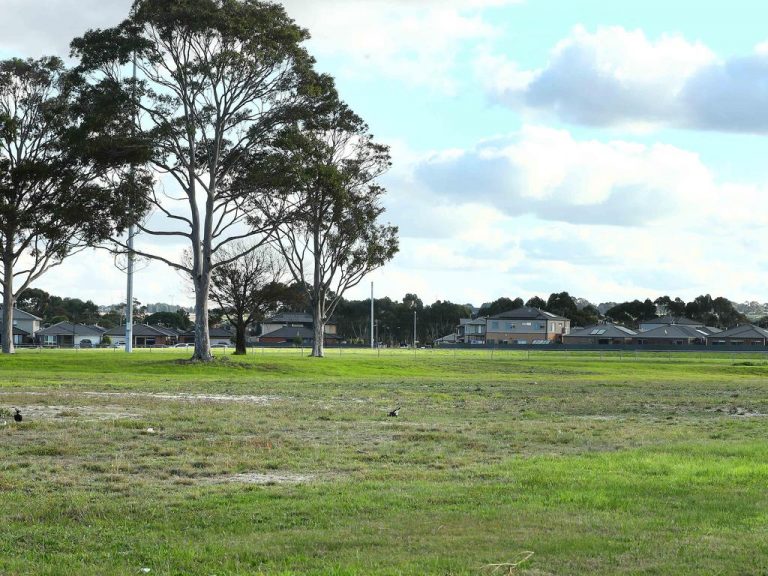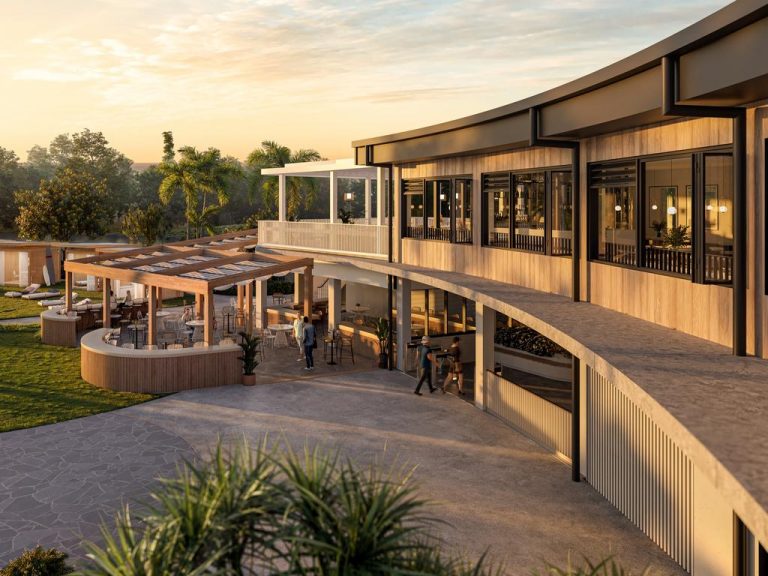Industrial supply failing to keep up with booming demand amid supply chain woes

Industrial real estate has undoubtedly benefited from the COVID-19 pandemic. In early 2020, demand surged in response to the boom in e-commerce triggered by lockdowns. Now, two years on, demand continues to rise, as logistics networks adapt to ongoing supply chain disruptions.
While cracks in global manufacturing and logistics networks were beginning to show before the pandemic, higher demand, combined with lockdowns and labour shortages, have exacerbated these issues. Now, these challenges have been further intensified by sanctions against Russia following its invasion of Ukraine.
Previously, it was more cost effective for most businesses to employ a “just-in-time” approach to ordering inventory, enabling a quick response to changing demand to prevent under or over ordering. But this approach relies on seamless supply chains.
In a world in which it takes longer to manufacture and ship goods, many businesses are adapting by increasing inventories. The need for more space is emerging across the supply chain – from inputs to manufacturing to last mile logistics.
This growing demand for storage has been seen on realcommercial.com.au. Among those looking to buy or lease industrial space, the number of searches for “storage” has risen by 43% over the past 12 months. In the first quarter of 2022, we saw the highest number of industrial storage searches on record.
Supply chain disruptions, combined with the rise of e-commerce, have accelerated industrial absorption over the past two years. This has driven vacancy to record low levels and, according to CBRE, industrial rents rose at the fastest speed on record over the March quarter this year.
Incredibly, these vacancy rates have coincided with a period in which the development of new industrial real estate has been at above average levels.
With vacancy at sub-2% nationally, there is a growing urgency for more industrial space. But while there is large pipeline of new industrial supply in development, building is being impeded by rising costs, labour and materials shortages, and extreme weather events. These factors are blowing out construction times and delaying the delivery of new supply.
Another implication of increasing supply chain disruptions has been a growing desire to onshore manufacturing. In a survey of 500 senior manufacturing executives conducted by digital selling platform provider PROS back in early 2021, 55% intended to bring some of their manufacturing processes back to Australia by 2023.
Since this time, China’s zero case approach to CVOID has led to more disruptions. Four of the world’s five largest trade ports are in China, and mass lockdowns have upended the movement of goods once more.
In addition, rising geopolitical risks, ranging from trade wars with China to sanctions against Russia, are likely to drive onshoring and reshoring of more manufacturing.
All these factors mean that demand for industrial real estate is unlikely to slow any time soon, and owners of these assets look set for a strong decade ahead.







